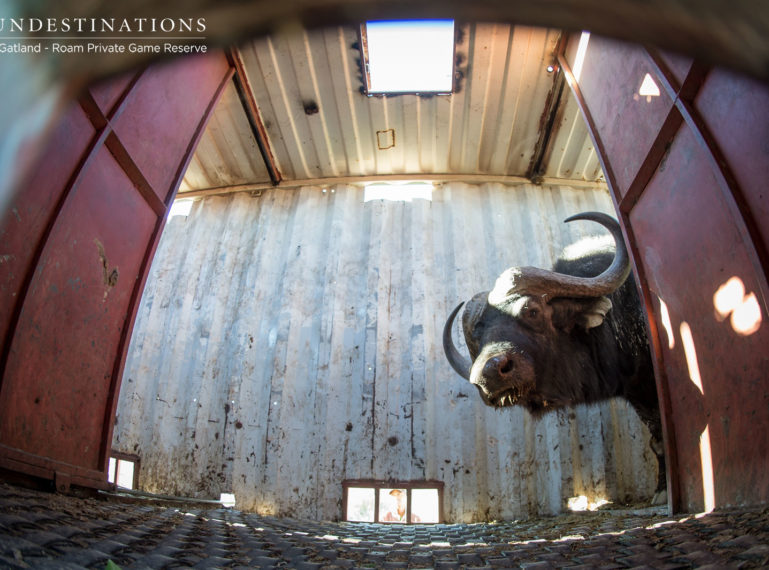
A couple of months ago, our media team spent time at Roam Private Game Reserve in the Great Karoo. Their brief was to document the cheetah release into the Roam traverse, and film the relocation of the already established buffalo herd. The buffalo were to be released into a free roaming area. It is the aim of the team at Roam Private Game Reserve to undertake a number of conservation and wildlife projects with experts.
Roam Private Game Reserve offers an eco-tourism experience in 5000 hectares of Malaria-free scrubveld in the vast Great Karoo, and ultimately the primary goal of the reserve is to re-introduce species into the area that once thrived and survived in the region many years ago. Roam is an incredible destination for guests wanting a luxury wilderness experience coupled with a conservation experience.
We chatted to Don de Swardt about the buffalo project and he furnished us with the much needed insight we’d hoped to find out.
Why is the Karoo biome ideal for buffalo?
This question is better answered by asking why is the buffalo ideal for the Karoo biome. Buffalo are widespread throughout Africa, and to be fair they often do better in wetter environments. However, for us to manage the Karoo in a holistic way we need a variety of animals that influence the vegetation in a unique way. Buffalo are bulk grazers and they particularly target the grassy patches along the river beds here on Roam. This helps us as managers of this reserve to have a natural but diverse impact on the vegetation.
What was the driving force behind the decision to release a herd into the wild at Roam?
Buffalo are part of the big five, they are charismatic and have an almost mythical reputation. It is always exciting to see buffalo on game drive and even more so when on foot. So the buffalo play a dual role here, they are there for the sheer excitement of seeing them on game drives and on game walks. But they also play a unique role in the ecosystem as a whole.
How long have you had the buffalo on your traverse?
Buffalo have a long history here, which predates the establishment of Roam as an eco-tourism reserve. They were here from before the time the Post family purchased the land where the reserve is now situated. Before the establishment of Roam as an eco-tourism reserve the land where Roam is now situated was used as a hunting concession. The buffalo herd was part of the animals that were hunted in this region.
Do you intend release more buffalo herds at Roam, or is the idea to have one herd breed?
The current herd is about the maximum the reserve can sustain at the moment. There will always be plans to expand the reserve as funds are available to do so. If the reserve grows we will be able to grow the herd accordingly.
Who was involved in this conservation project?
The buffalo were here from the beginning of the establishment of Roam as a reserve. So it was purely a Roam management decision to continue with buffalo on the reserve. However it is worth mentioning that the current herd was kept in a much smaller breeding camp. It was our decision to release the buffalo onto the reserve to allow them to be free roaming.
How long did the process take and what were the logistics involved?
As the buffalo were kept in small breeding camp, we had to first build an acclimatisation boma on the reserve. Once they were introduced into the new boma they were fed there for a month before releasing them onto the greater reserve. At the moment there is still a severe drought in the region, and as a result there is very little graze available for the buffalo. Historically the herd would have just moved to another area where the grazing was better but as this is not an option for them. As a result, we have continued to supplement their diet with hay in the boma. However the gate for the boma is open and the buffalo can come and go as they please.
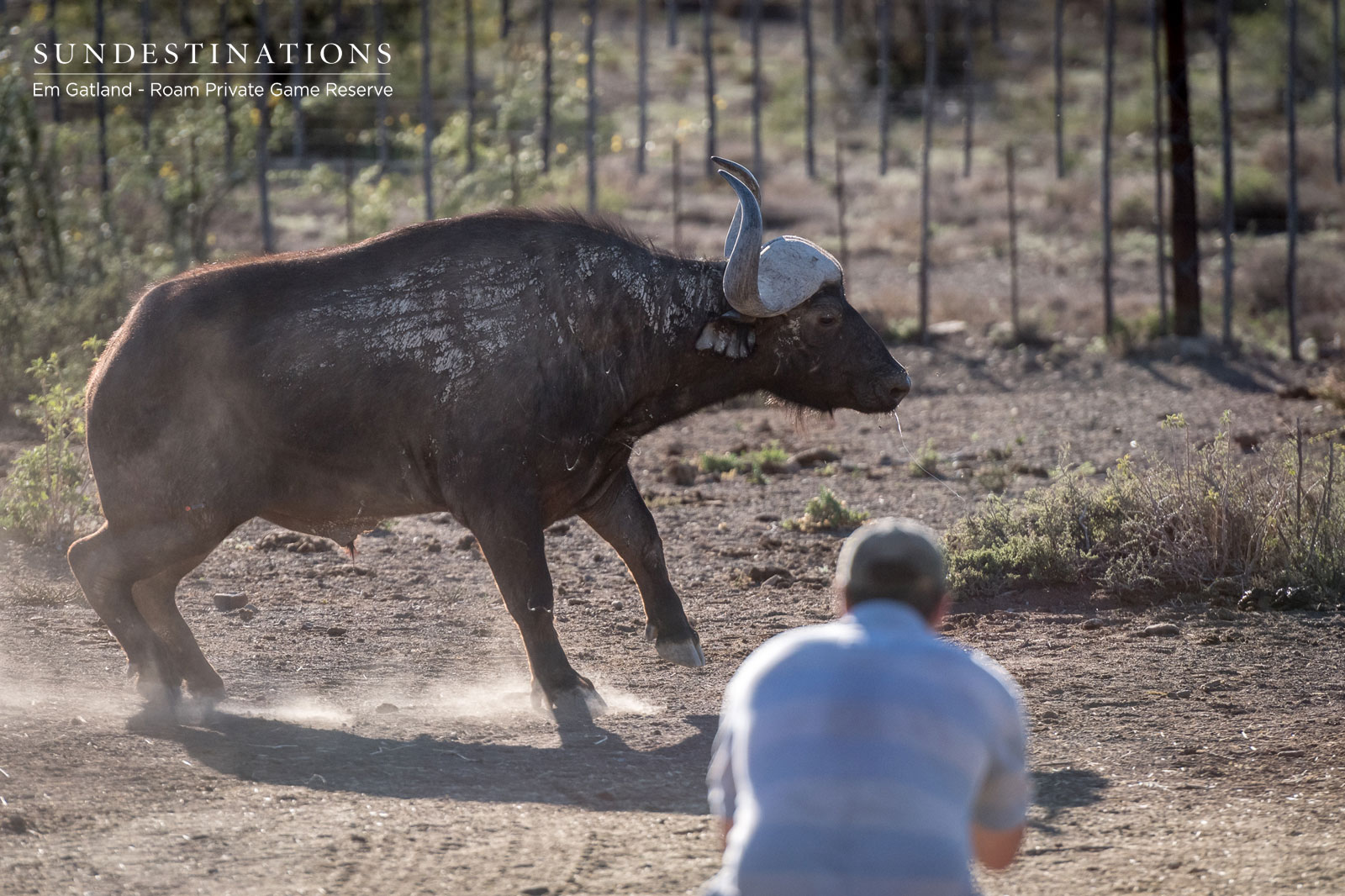
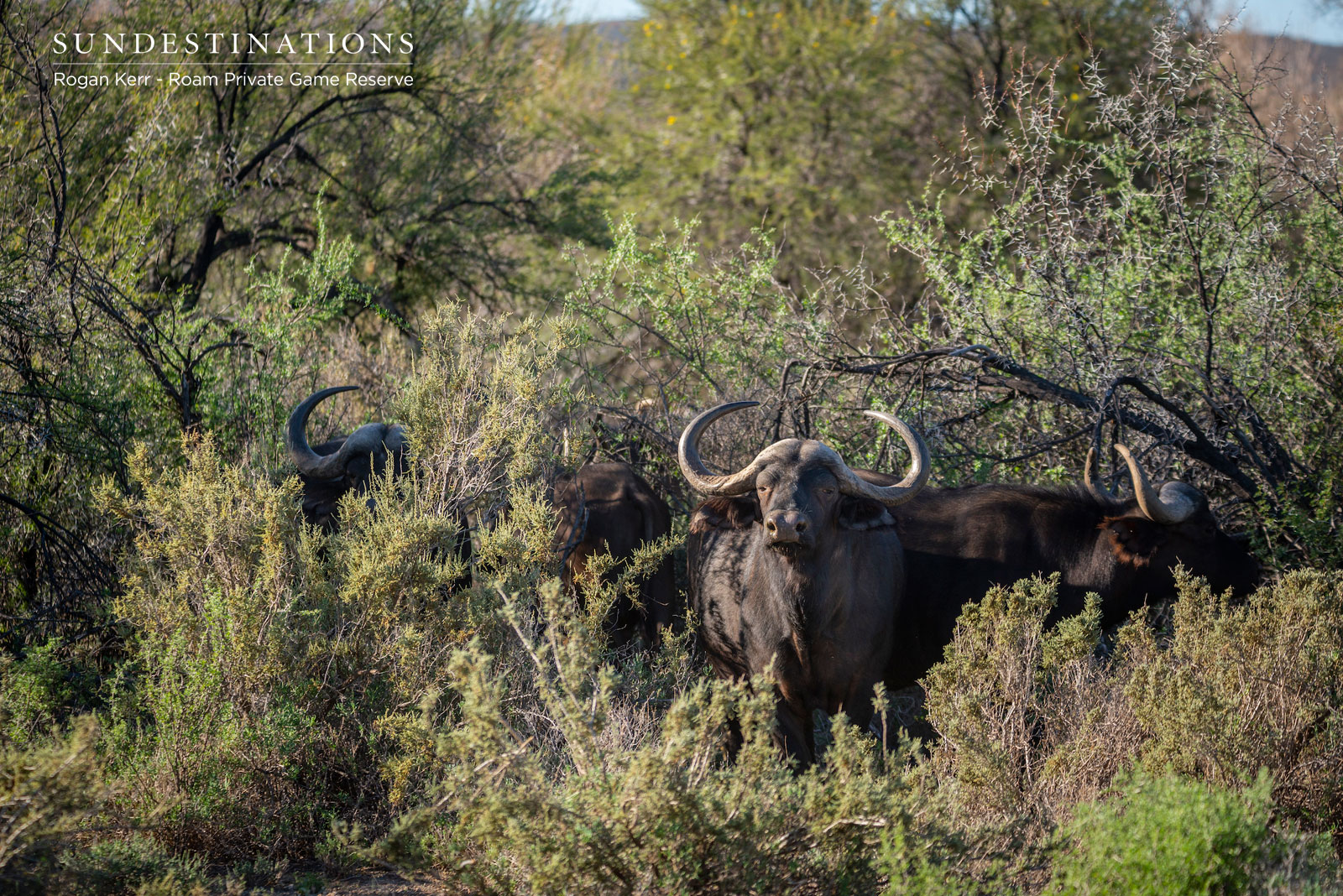
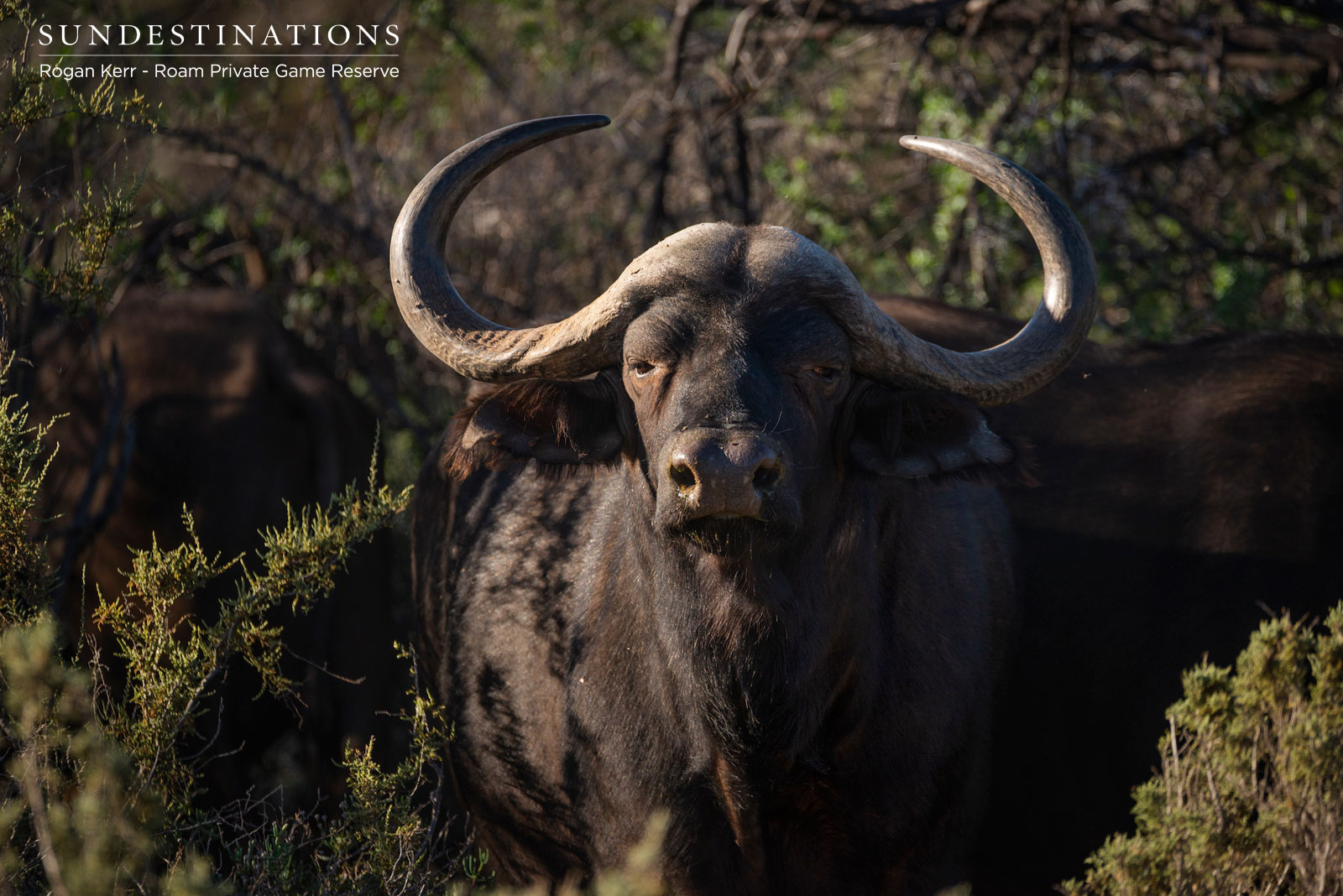
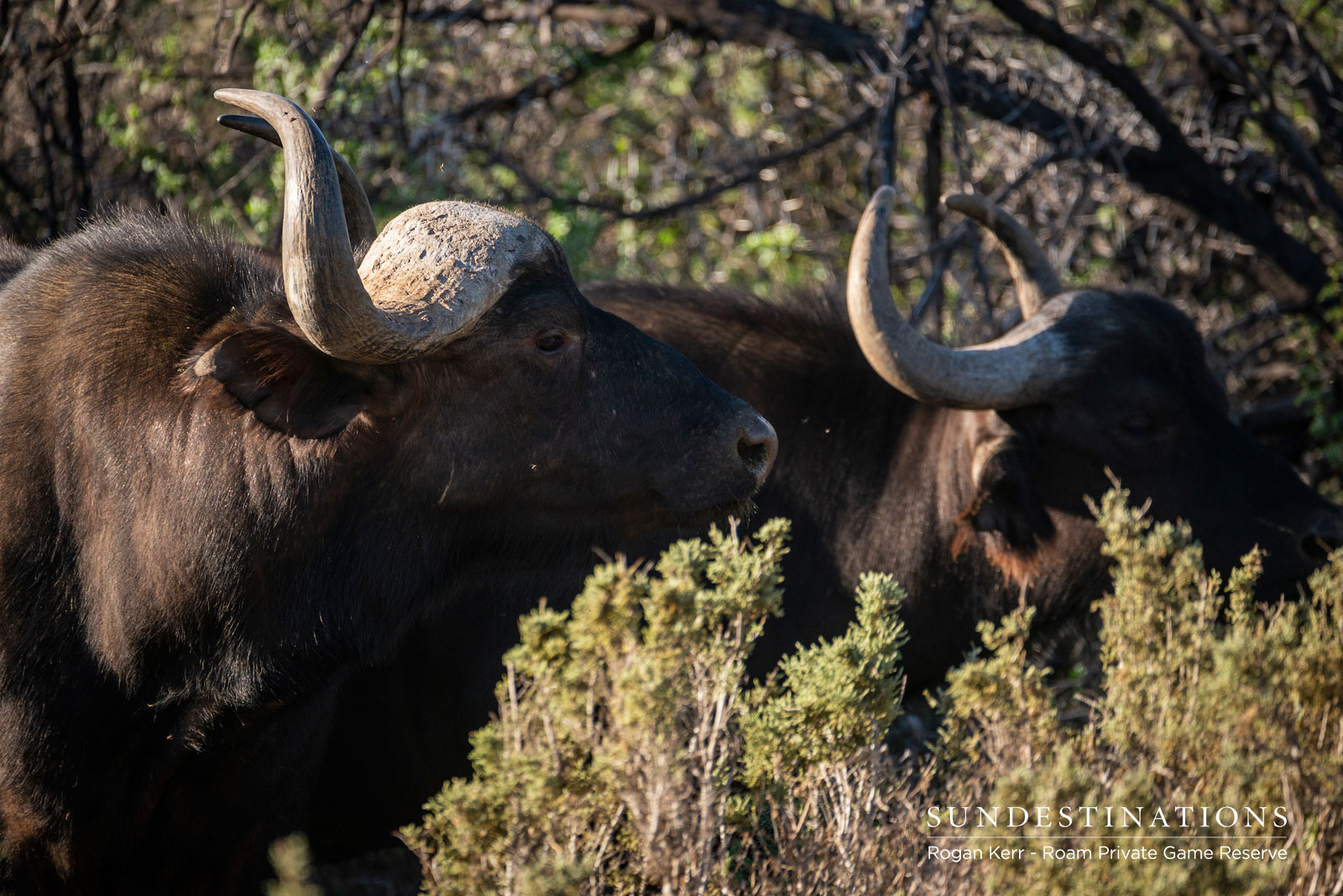
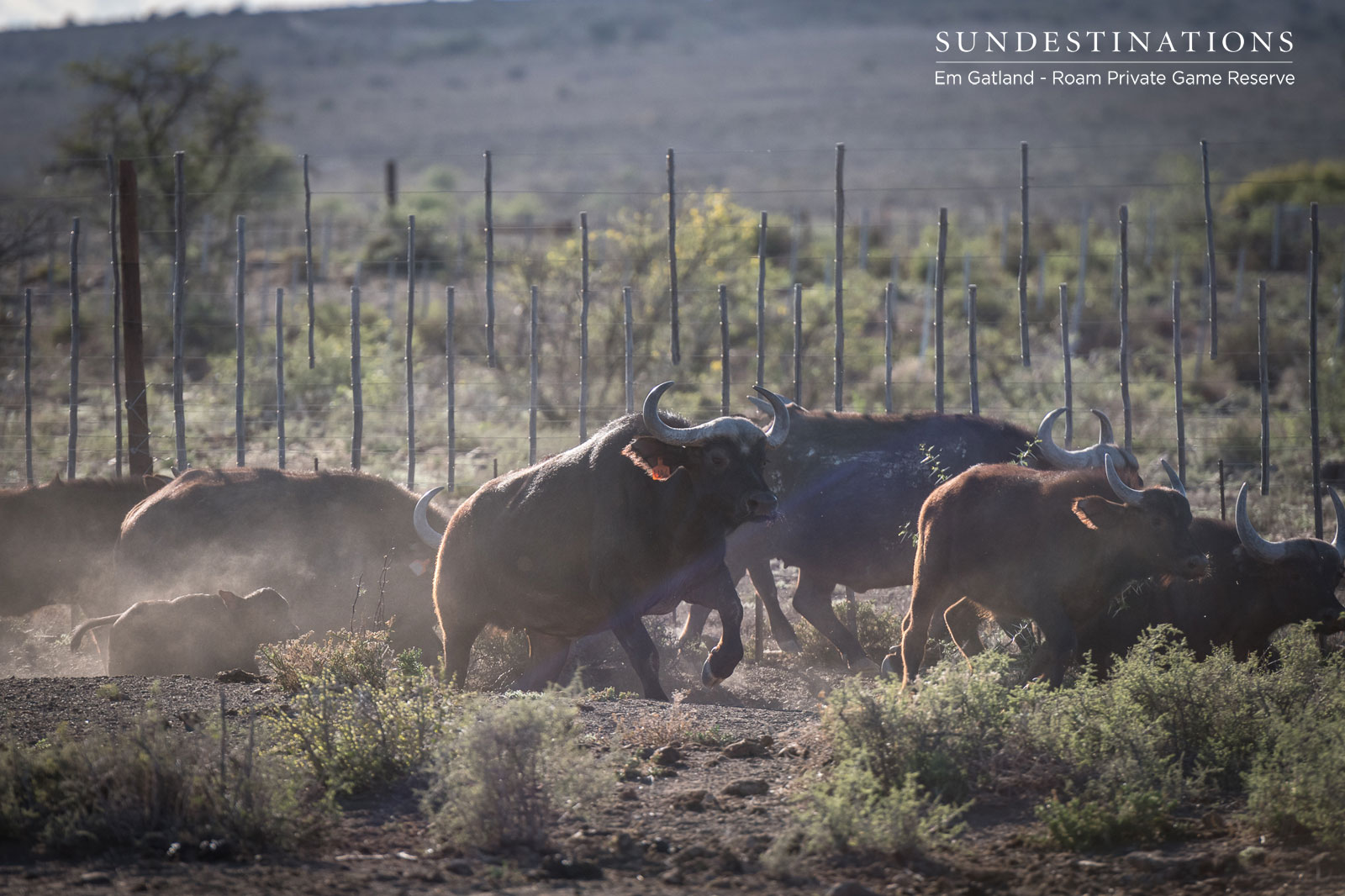
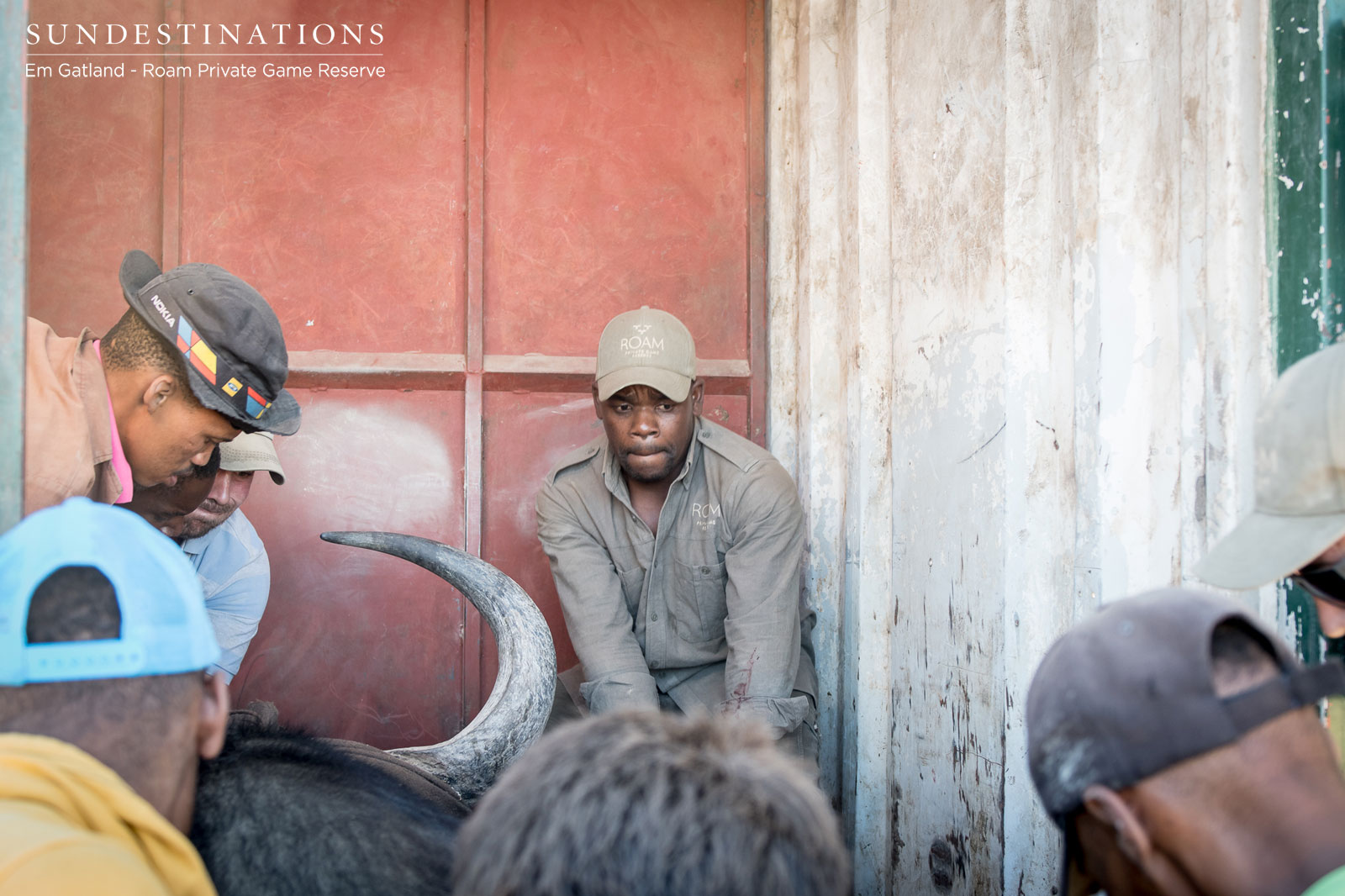
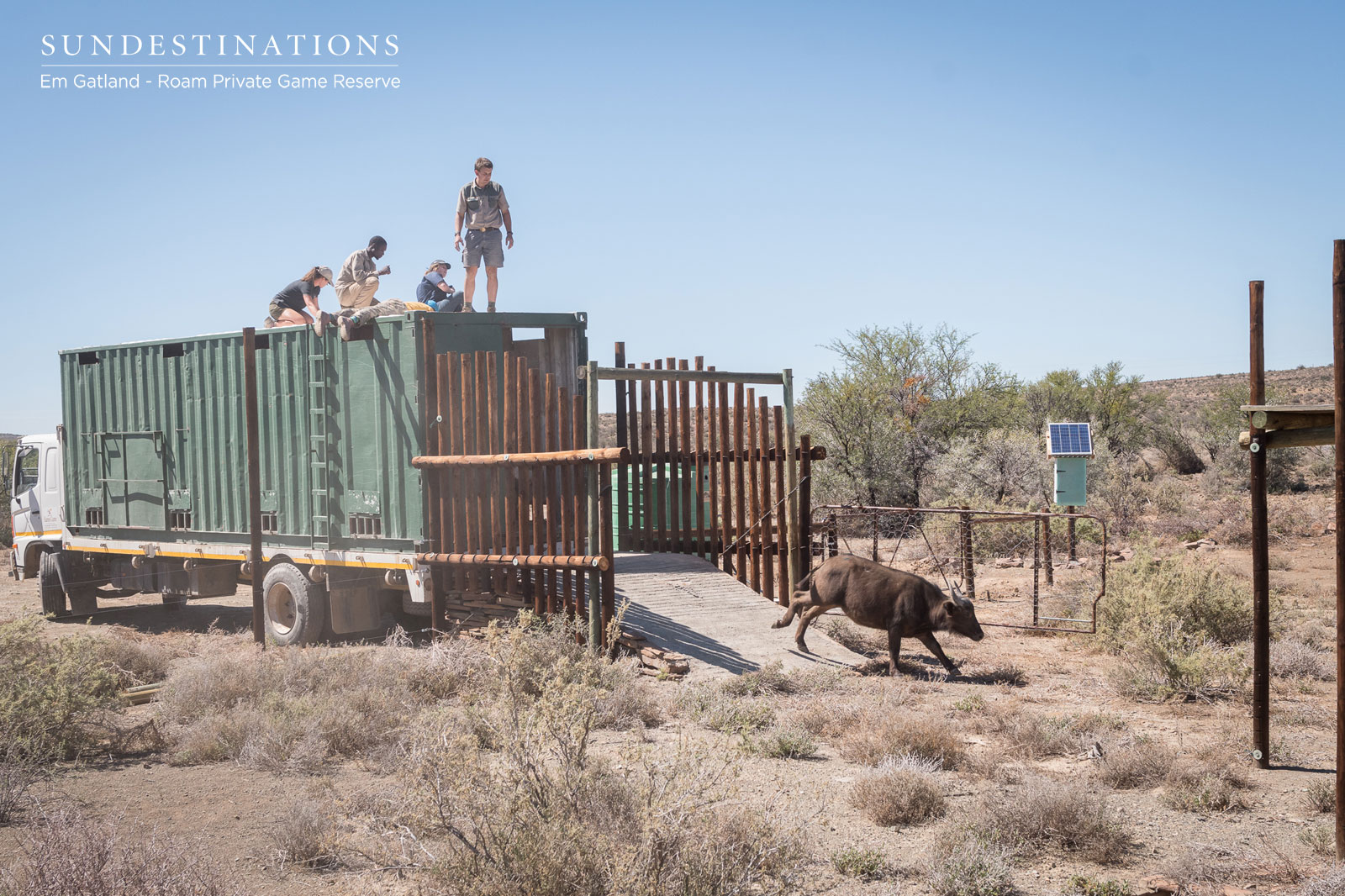
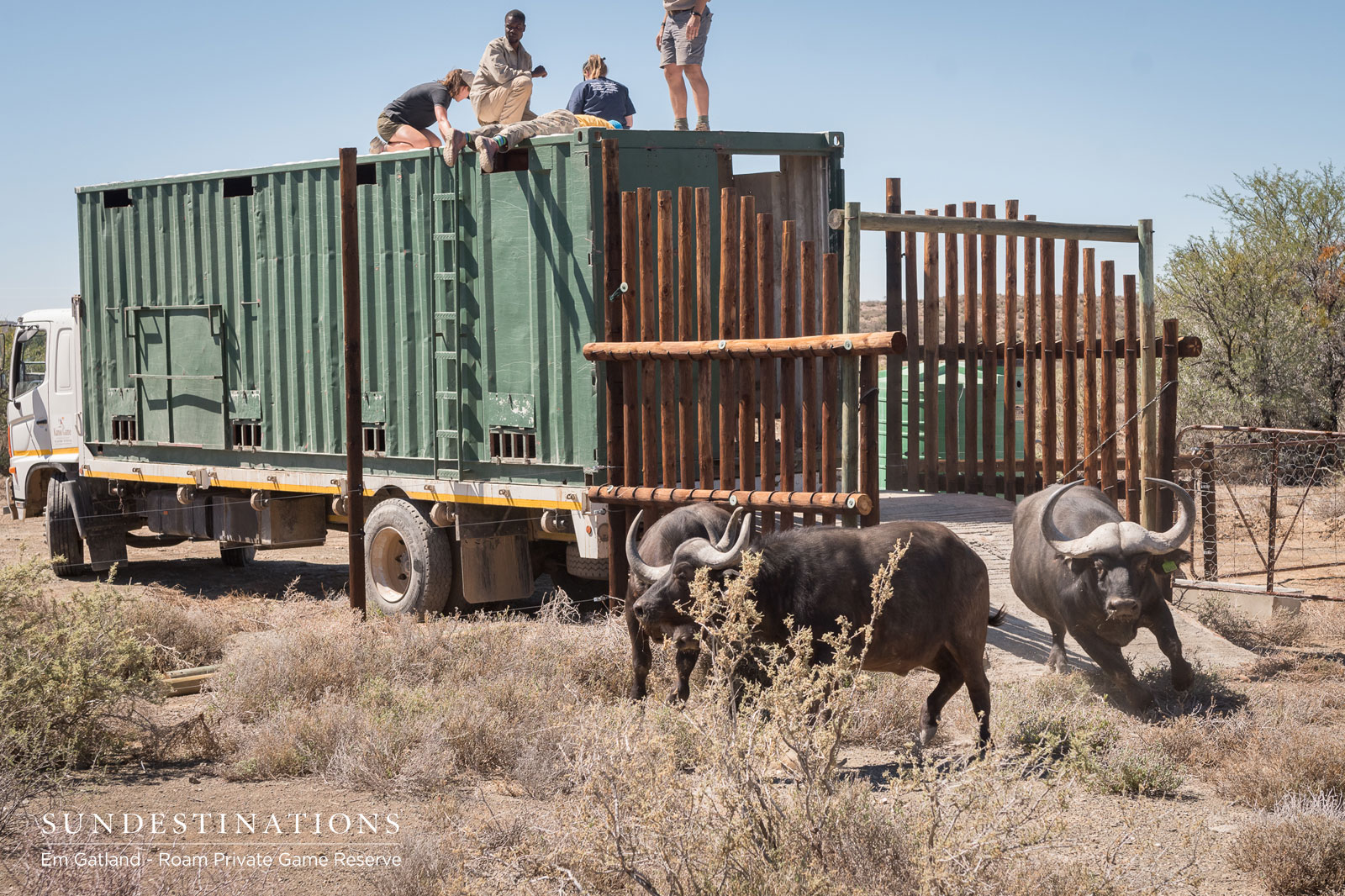
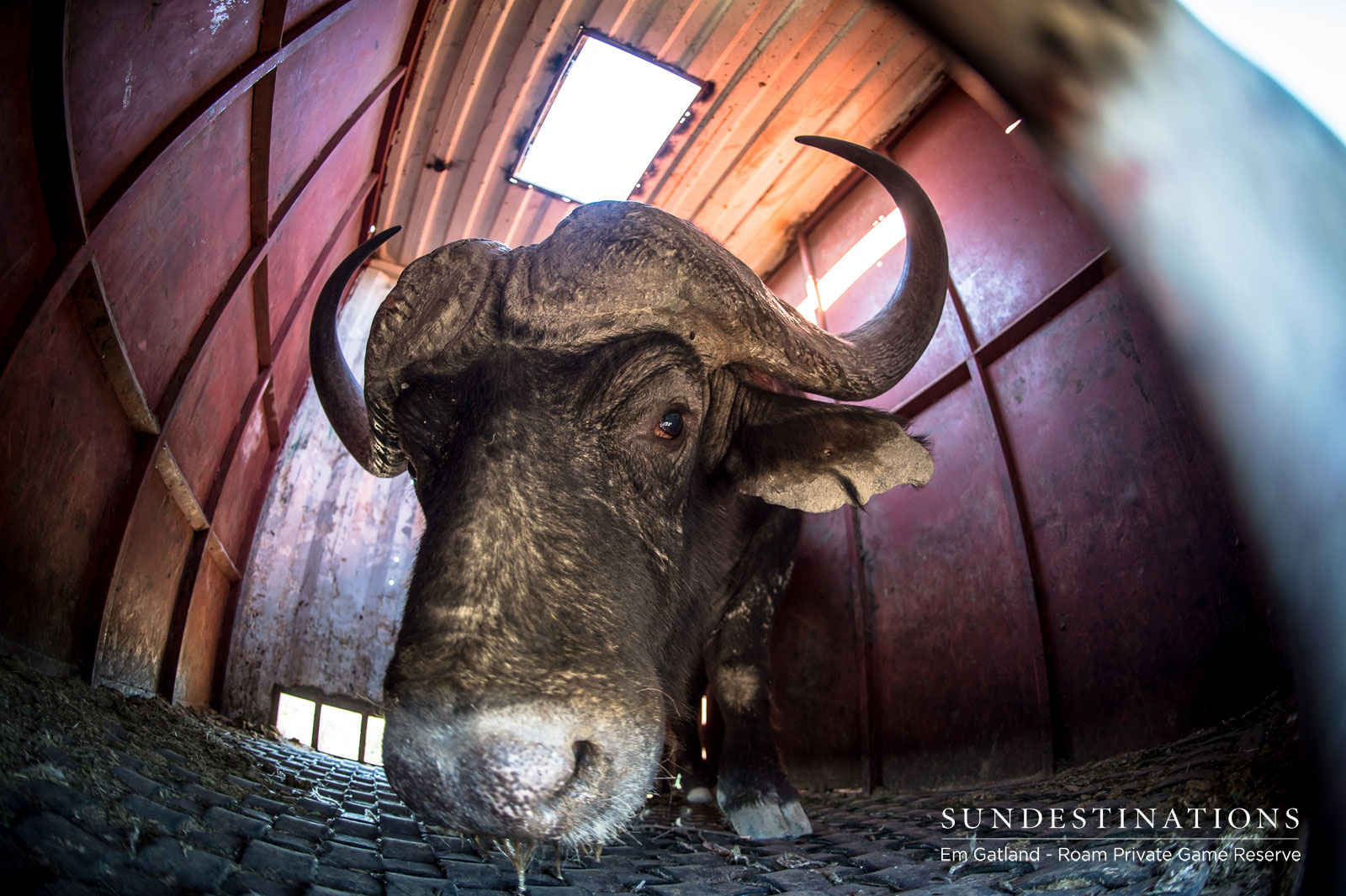
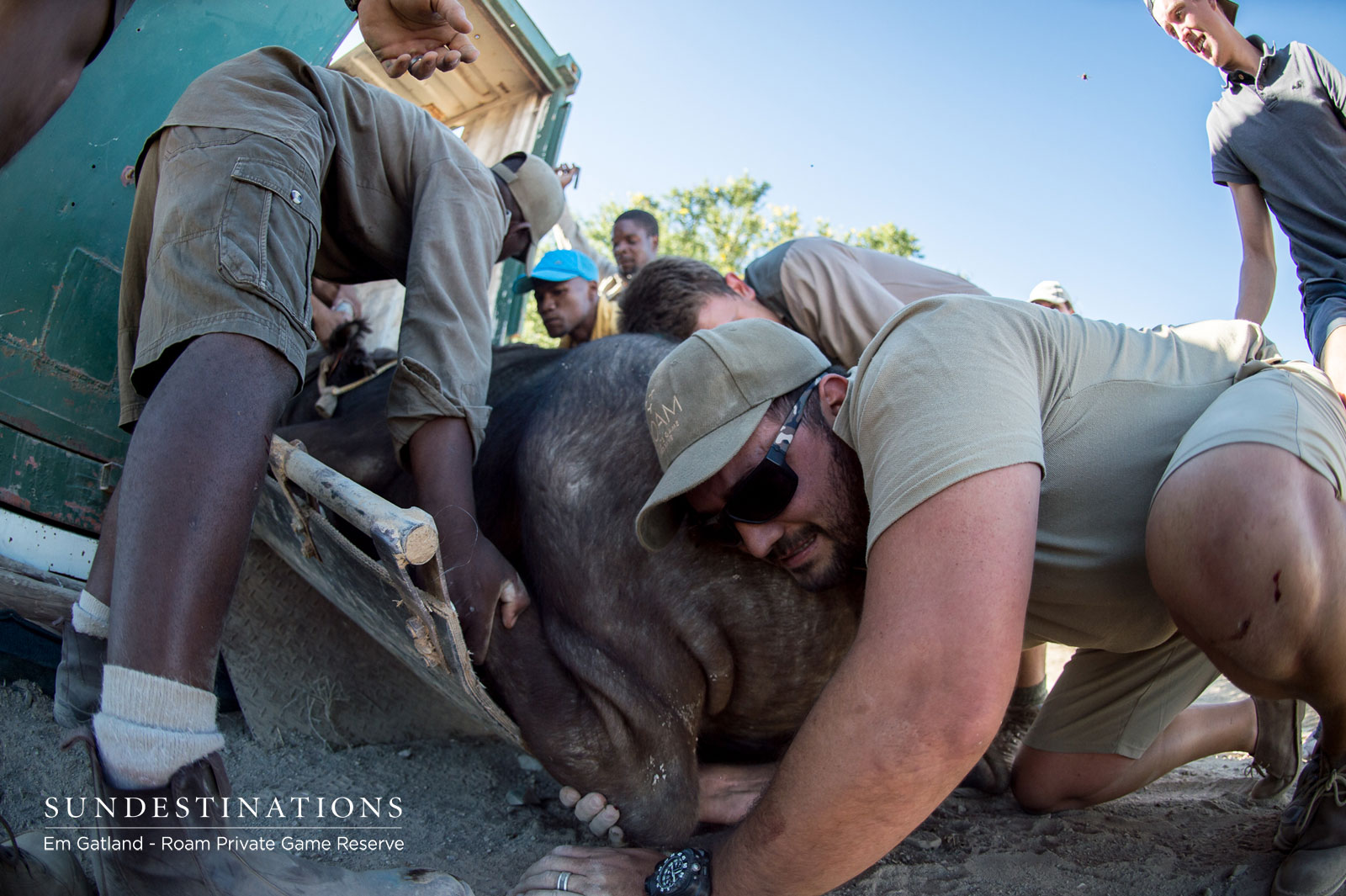
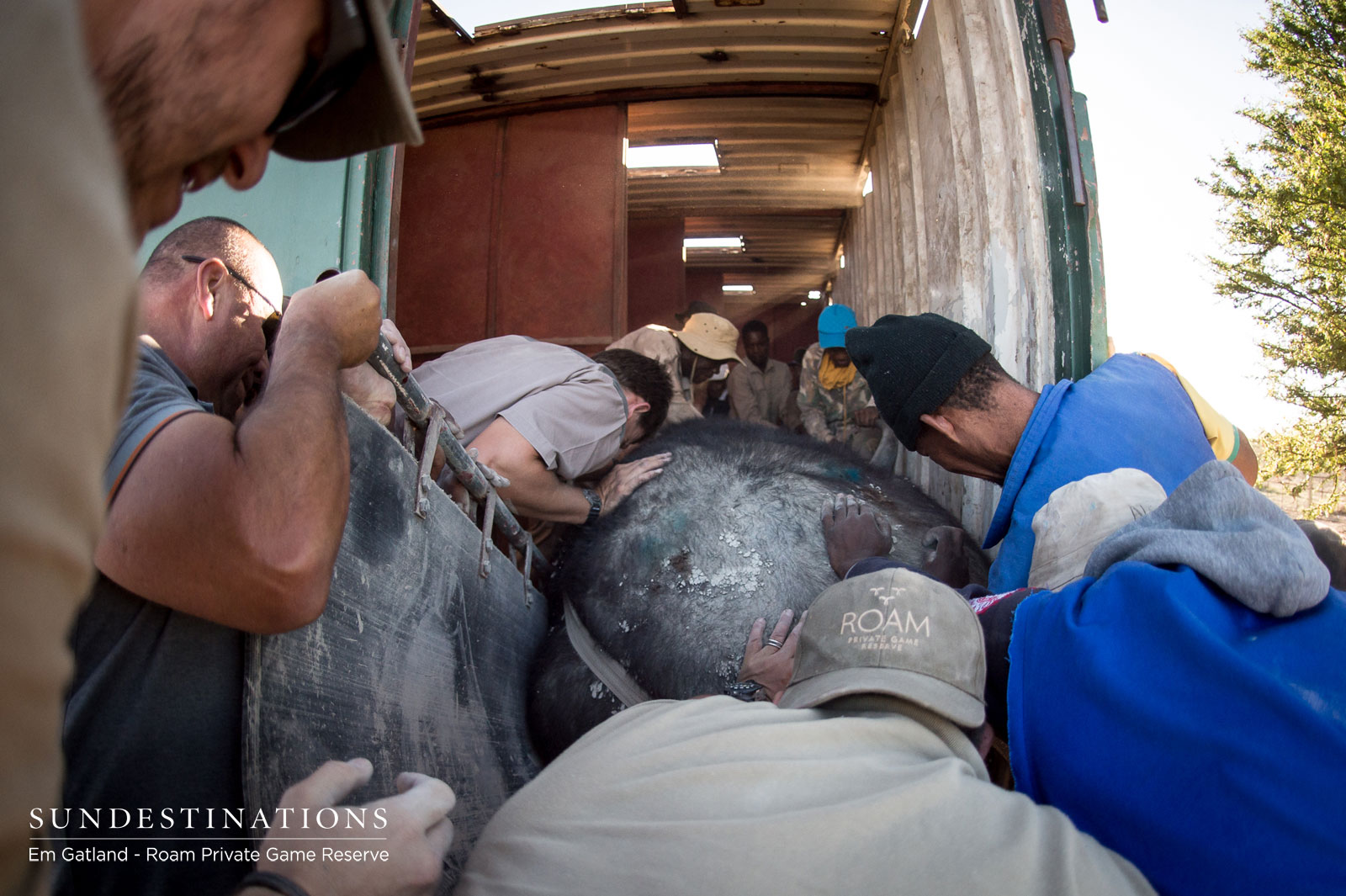
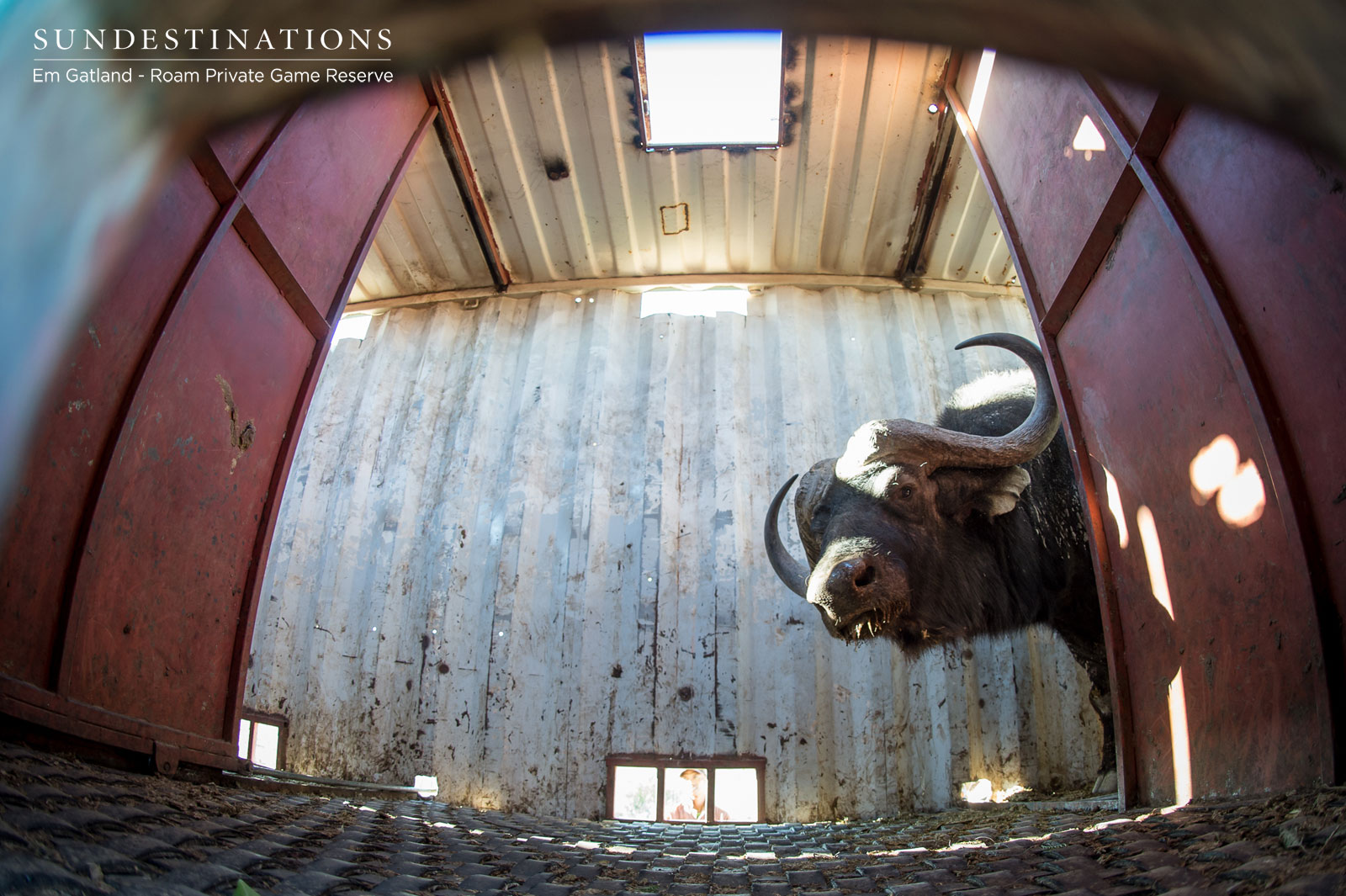
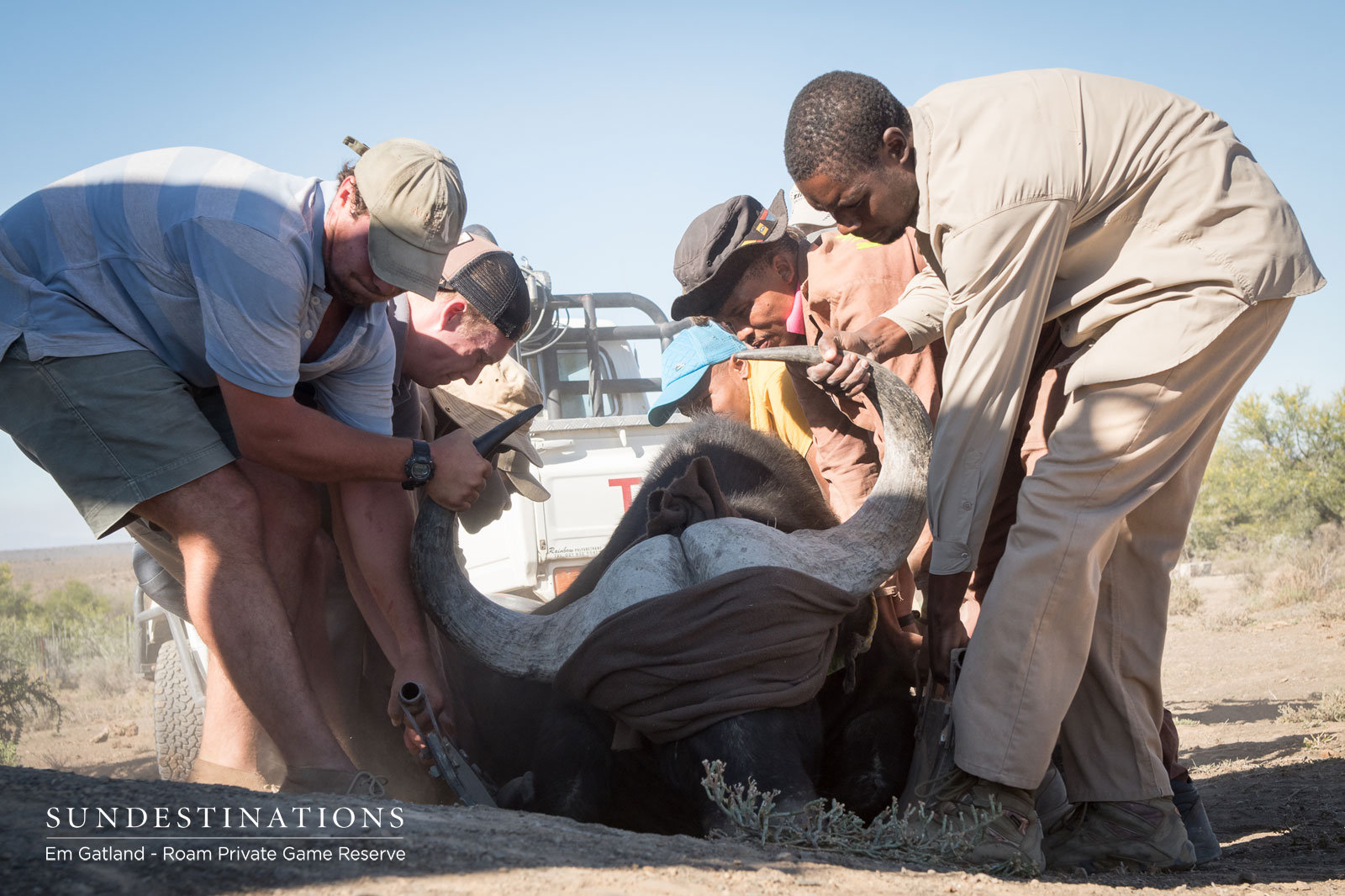
Leave a Comment